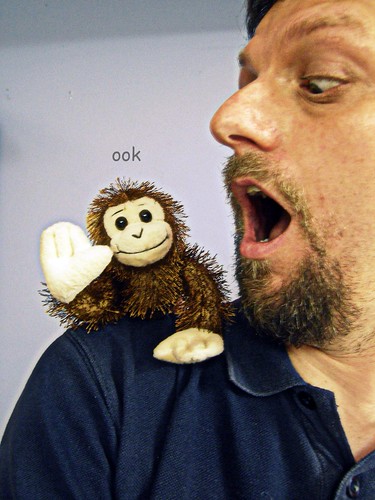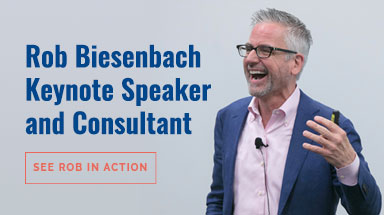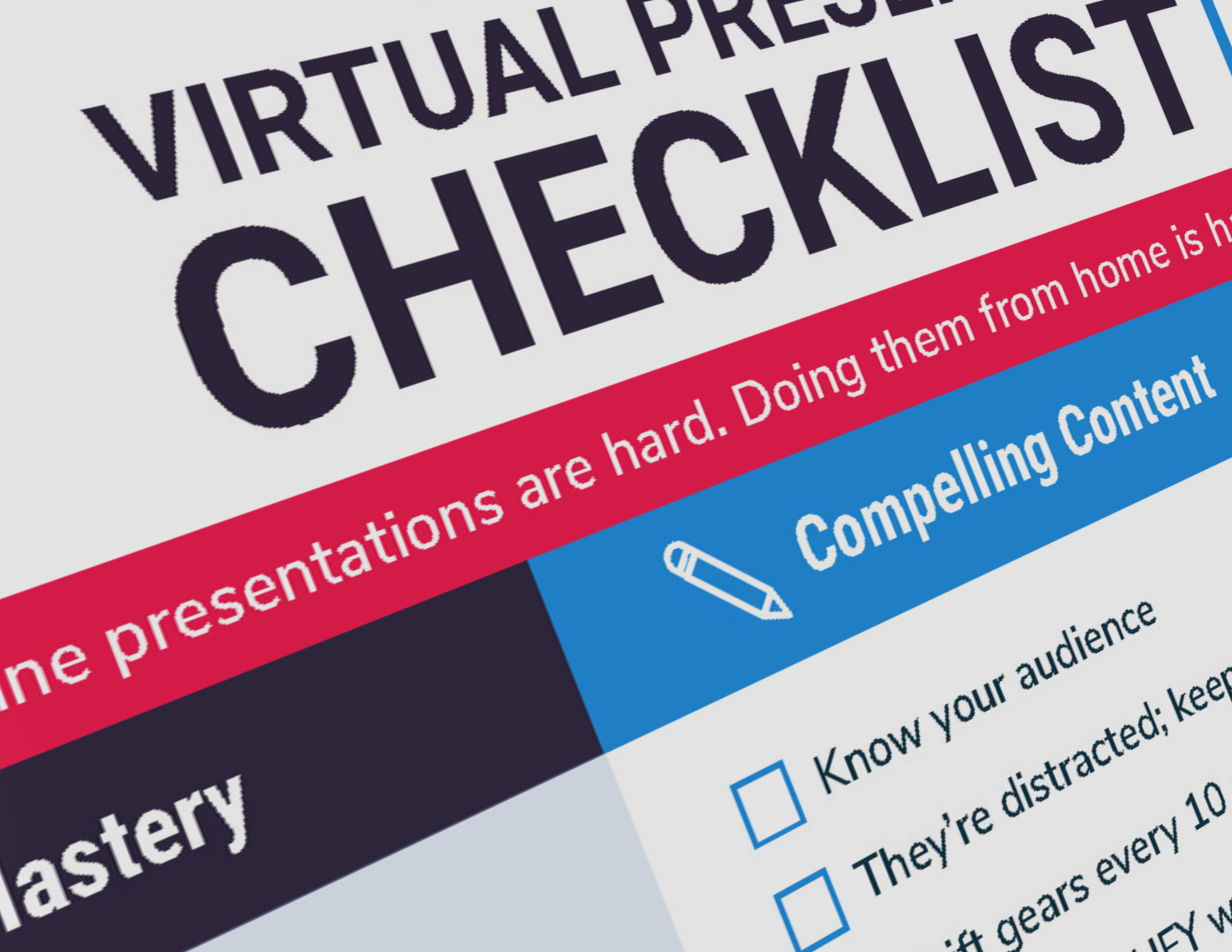One of the hardest things in public speaking is maintaining your focus — keeping your mind free of unnecessary distractions.
I was helping out with some speaker training for a group of young engineers the other day and observed one participant after another losing their train of thought and grasping for words — that familiar “deer in the headlights” expression washing over their faces.
I asked one of them what’s going on when that happens. “Is there a voice inside your head, second-guessing you, reminding you that you missed a point or used the wrong phrasing and generally heckling your performance?”
A round of knowing nods went around the room. That, apparently, is exactly what they were all feeling in those moments. It didn’t take a ton of insight to notice it, either. You could see the wheels turning in peoples’s heads. It was very clear that they were no longer there, mentally.
Shutting down those voices — getting the monkey off your back and focusing like a laser beam on your material — is a very hard thing to do.
There’s a parallel (as I usually find) in the world of stage performance. A director I know said he gave up acting because he felt that as soon as he became aware that he was “acting” instead of fully embodying his role, he felt like a fraud.
That is a very tough standard. I’ve had moments on stage where I was completely swept up in my performance, lost in the character and the story. It’s exhilarating. But more often than that I find myself realizing that I am not that character — I’m an actor, playing a role. The presence of ticket-buying patrons seated three feet in front of me makes that vividly clear.
So I’m no purist when it comes to maintaining focus. And, obviously, in public speaking you shouldn’t shut out your audience or ignore the cues (nonverbal and verbal) that they’re giving you. But you should stay connected to your material, too.
Truly being “in the moment” takes a great deal of energy. But if you focus intensely on the ideas and words you’re expressing, you can drown out the chatter from that monkey.
What that means is (and I’ve said it before), you have to put conviction and intention behind every thought and word. If you’re describing an process, visualize the steps in your head. If you’re describing a person, picture his or her face. If you’re describing an idea, paint a mental picture.
In other words, try to actually experience the things you’re saying as you’re saying them.
It’s difficult, yes, but that’s why at the end of a play, during the curtain call, certain actors look like they’ve just run a marathon.
So avoid going on autopilot. Maintain your focus and you’ll come across as more engaged and authentic.





